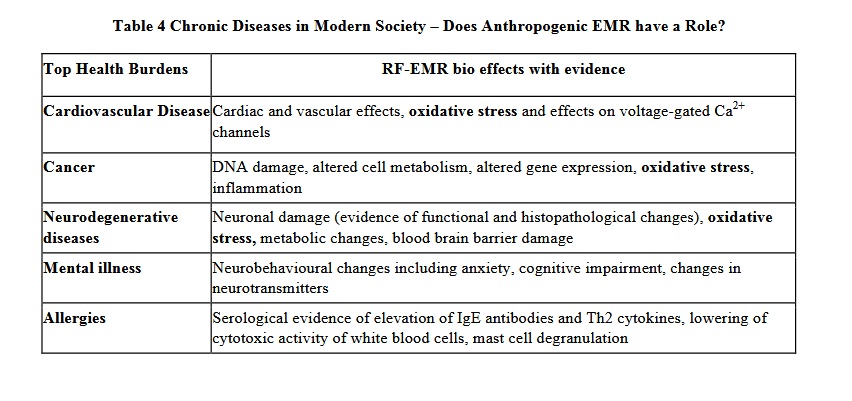A paper by Mr Victor (Vic) Leach (ORSAA and ARPS Member), co-authored with Adjunct Associate Professor David Bromwich. The paper was presented at the 5th Asian & Oceanic IRPA Regional Congress on Radiation Protection (AOCRP-5
Link to the paper: https://www.orsaa.org/latest-news/orsaa-presents-at-aocrp-conference
Adjunct Associate Professor David Bromwich has a background in assisting organisations and industry in risk managing new technologies, especially where there is a level of uncertainty in the science in relation to adverse health effects.
Why the Precautionary Approach is needed for Non Ionising Radiation Devices:
Victor Leach 1 and David Bromwich 2
1.
Radiation Protection Consultant App. Physics (RMIT) MSc (Melb.) MARPS. MORSAA (Member
of the Oceania Radiofrequency Scientific Advisory Association Inc., ORSAA) Correspondence:
victor.leach@orsaa.org.
2.
Adjunct Associate Prof David Bromwich PhD, MAppSci (Med Phys, QIT), MSc (Occ Hyg., Lond.),
FAIOH, COH.
david@dbohs.com
Abstract
There is now sufficient evidence on the actual and potential adverse health effects of radio frequency (RF) devices like mobile phones and Wi-Fi to require the application of the Precautionary Approach to the management of the health risks.
In 2011, the International Agency for Research on Cancer (IARC, a WHO agency) classified radiofrequency electromagnetic fields as a possible human carcinogen.
The Precautionary Approach is enshrined in various pieces of Australian legislation from public health to fisheries; however, it is yet to be applied in national approaches to radiation.
The Precautionary Approach can provide a means of moving forward in the face of uncertainty, reducing the risk of possible adverse health effects and promoting research to better understand these health
effects.
The “ALARA” principle can be considered a historical version of the Precautionary Approach.
This paper examines the evidence for health effects and how the Precautionary Approach can be implemented and discusses the wider issues around its use.
The study looks at:
1. The difference between the Precautionary Principle and Approach
1.1. The concept of precaution
1.2. Precautionary Principle
1.3. Precautionary Approach
1.4. ALARA and ALARP
1.5. Trigger Points for invoking the Precautionary Principle
2. Current Australian EMF – RF Regulation
3. The evidence for health effects of EMF – RF
3.1. Evidence ORSAA Database – Human epidemiological studies
3.2. Bradford Hill system of causation
3.3. Recognition of causation
3.4. In vivo human UHF studies
3.5. In vivo animal UHF studies
3.6. In vivo long – term animal UHF studies
4. RF Exposure produces oxidative stress
5. Conclusions
The evidence that there are health effects from long term exposure to wireless devices like mobile phones is strong. Therefore, using the moderate version of the burden of proof described above,
further research is needed to clarify the risks.
In addition, RF Standards need to be strengthened to provide biological protecton against a range of bio-
effects noted in well conducted research at a non – thermal level. Radiation protection authorities
need to be more forthright with their advice and should be recommending a precautionary approach
to government, industry and the general public.
For example:
-Mobile phones need to be designed to a higher safety standard which considers non – thermal biological
effects.
-Stronger recommendations need to be adopted and publicised to ensure safer use by the general public,
most especially children and other sensitive individuals.
.
Currently, it is up to the user to apply a Precautionary Approach to the use of mobile phone
and other wireless technology. The awareness of the risk of potential health effects is almost non –
existent.
Warnings are buried so deep within the mobile phone menus or phone manuals that no one reads, as is the case with long worded software agreements. Some companies send intermittent SMS
messages to targeted users. As radiation protection scientists we suggest the following: Given the strong evidence for harmful effects reported above, and the possible cost of doing nothing, we believe the
trigger point for adopting a more Precautionary Approach to this new RF – EMR technology has been reached.
We welcome debate and invite responses to this suggestion.

.
